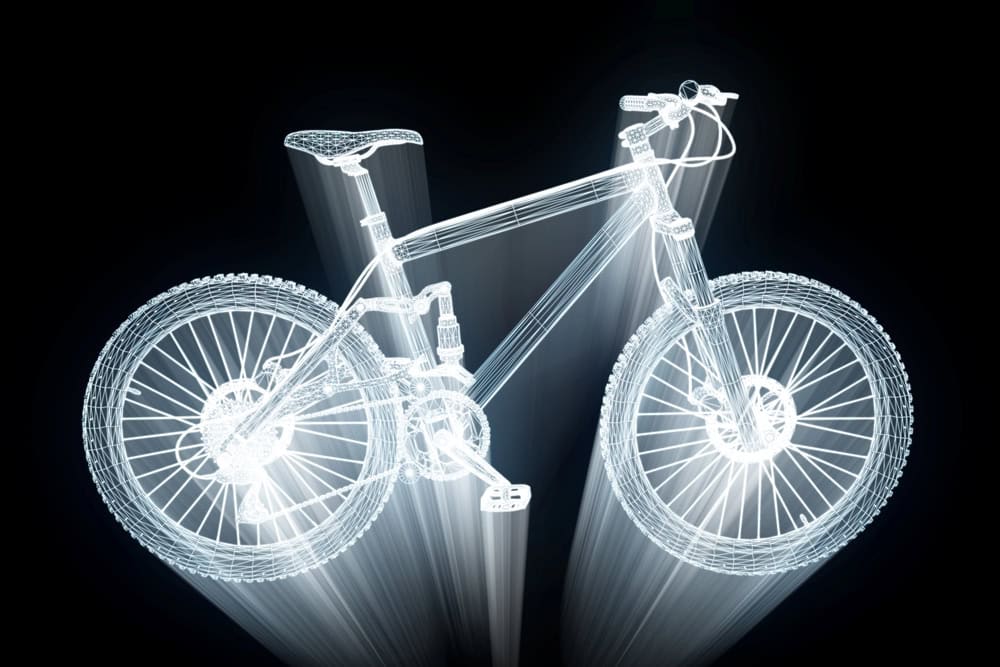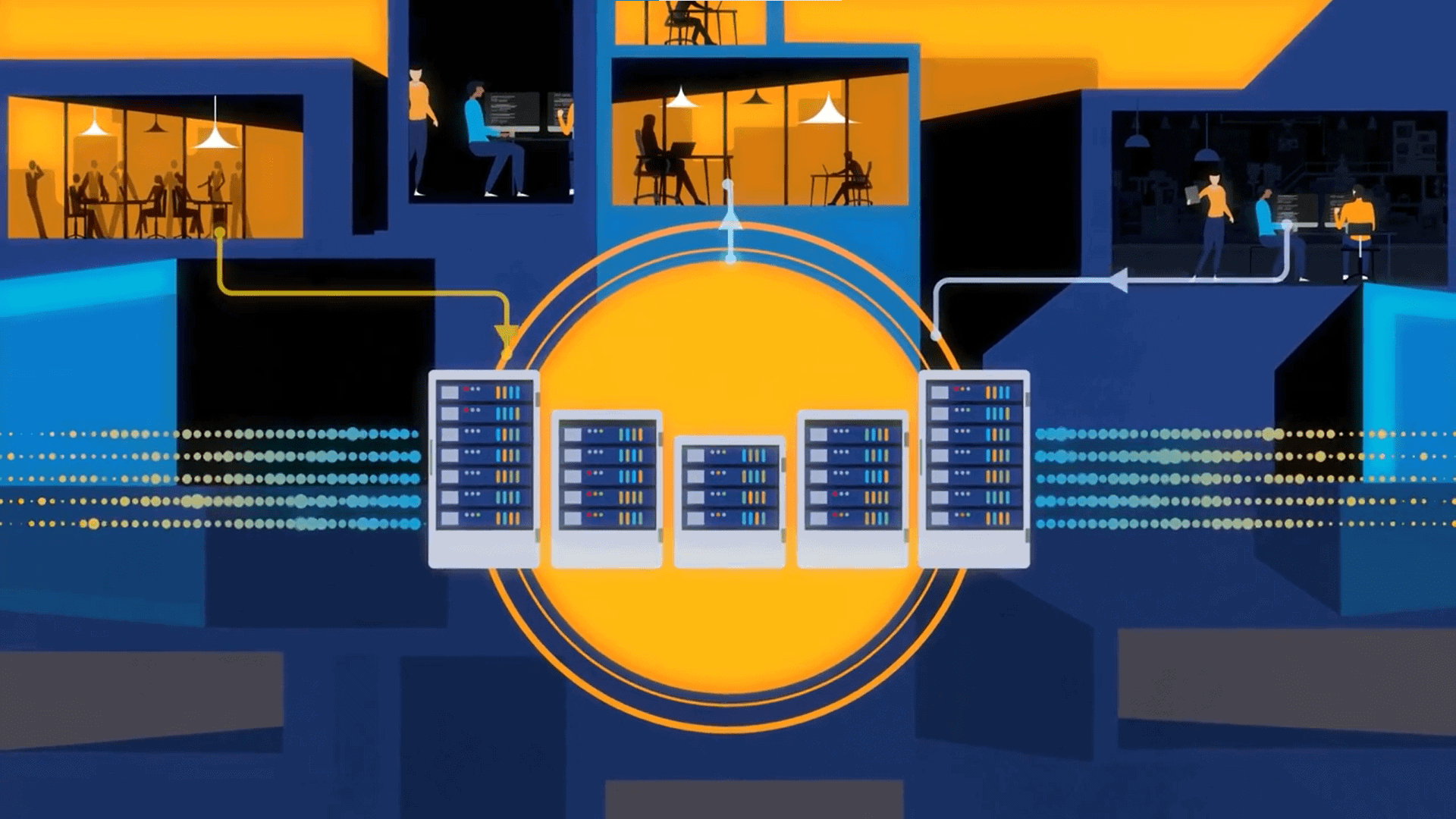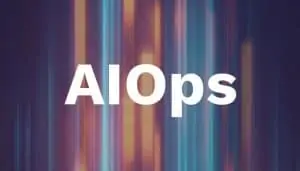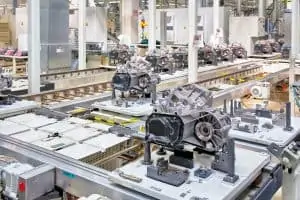
Embracing LLaMA-Mesh could lead to significant advancements in how companies utilize AI, potentially making the jump from innovative ideas to tangible products faster and more precise.
Picture your kitchen. Walk through it. Visualize its surfaces and how you move from one side to the other. Unless you’re one of a very select few people who cannot bring a picture into your mind, this was a simple task. Ask a machine to do it, and the results…vary. Getting machines to visualize the way we do is a significant leap forward in bridging the gap between the human mind and the models designed to mimic it.
With LLaMA-Mesh, NVIDIA makes a leap in artificial intelligence. This new approach integrates 3D mesh data with natural language processing capabilities, which enables large language models to generate and interpret 3D spatial information using a text-based framework. By tokenizing 3D meshes as plain text, LLaMA-Mesh allows conventional language models to engage with and process spatial data.
This opens up new possibilities for applications in fields requiring detailed spatial reasoning, setting a new benchmark for the versatility of language models in understanding and interacting with the physical world.
How does it work?
LLaMA-Mesh extends the capabilities of large language models (LLMs) to include generating and interpreting 3D mesh data. This integration uses a unique method of tokenizing 3D meshes, basically transforming vertex coordinates and face definitions into plain text. This approach allows traditional text-processing LLMs to handle complex spatial data without needing specialized vocabulary expansions.
The core innovation lies in LLaMA-Mesh’s ability to interpret and generate 3D structures alongside textual data. By doing so, it utilizes the processing power of LLMs to facilitate a dual understanding of written words and three-dimensional shapes. This dual capability is particularly beneficial for tasks that require a deep understanding of physical spaces, such as architectural design and industrial modeling.
The tokenization process involves breaking down 3D mesh data into a series of text tokens that represent the geometry of objects in a format understandable by standard language models. The LLM can perform tasks from both sides, generating a 3D model from a descriptive text or analyzing a 3D model to generate descriptive text about it.
The ability to handle these tasks within a single, unified framework sets LLaMA-Mesh apart from other models designed exclusively for text or 3D data processing.
Training
To facilitate the training of LLaMA-Mesh, researchers developed a Supervised Fine-Tuning (SFT) dataset specifically tailored to enhance the model’s capability to work with 3D meshes. This dataset trains the model to:
- Generate 3D meshes from text prompts: LLaMA-Mesh can create detailed 3D structures directly from textual descriptions, illustrating its ability to bridge text-based inputs with spatial outputs.
- Produce interleaved text and 3D mesh outputs: The model supports outputting both text and 3D mesh data, facilitating diverse applications that require simultaneous use of both modalities.
- Understand and interpret 3D meshes: It can also interpret existing 3D meshes and provide textual analysis, making it useful in educational and professional settings where understanding and communication of spatial concepts are required.
This training enables LLaMA-Mesh to achieve a level of mesh generation quality comparable to models built specifically for 3D tasks while maintaining robust text generation capabilities. This dual competence showcases the model’s innovative integration of 3D and text modalities, setting a new standard for the flexibility and utility of language models in handling complex spatial data.
Limitations
While LLaMA-Mesh demonstrates promising advancements in 3D mesh generation using language models, it faces several technical challenges that need to be addressed:
- Geometric detail loss: The process of quantizing vertex coordinates into a limited number of bins can result in a loss of geometric detail, compromising the fidelity of the generated meshes.
- Context length constraints: The model currently supports a maximum of 500 faces, which constrains its ability to generate highly complex or large-scale 3D structures.
- Degradation in language abilities: Post fine-tuning, there is a slight degradation in the model’s language capabilities, potentially due to the limited diversity of the text instruction dataset used (UltraChat). Expanding the variety of training datasets could help preserve and enhance the model’s linguistic performance.
These limitations highlight the need for ongoing improvements in the model’s architecture and training datasets to fully realize its potential in generating detailed and complex 3D meshes.
See also: How Organizations are Capitalizing on Intelligent Video Apps
Future Work
Looking ahead, the development of more efficient encoding schemes for 3D data and methods to manage longer context lengths are critical areas for improvement. Enhancing the geometric precision of generated meshes and integrating additional modalities like textures or physical properties could further refine the model’s output.
Even more, expanding the model’s capabilities to handle dynamic scenes opens up new possibilities for interactive design in virtual reality, gaming, education, and manufacturing, making 3D content creation more accessible and intuitive. According to the developers, the vision for LLaMA-Mesh is to evolve into a universal generative tool that seamlessly produces content across multiple modalities, including text, images, and 3D structures.
Why LLaMA-Mesh matters
LLaMA-Mesh offers a promising glimpse into how AI might transform traditional business processes, allowing the direct conversion of textual descriptions into 3D models. This capability could simplify and potentially reduce the cost and time associated with conventional 3D modeling techniques. For industries such as manufacturing, architecture, and entertainment, where rapid prototyping is crucial, LLaMA-Mesh may accelerate development and enrich creative processes.
However, its true impact will depend on how well businesses can integrate and leverage this technology in their existing workflows. Embracing LLaMA-Mesh could lead to significant advancements in how companies utilize AI, potentially making the jump from innovative ideas to tangible products faster and more precise.































